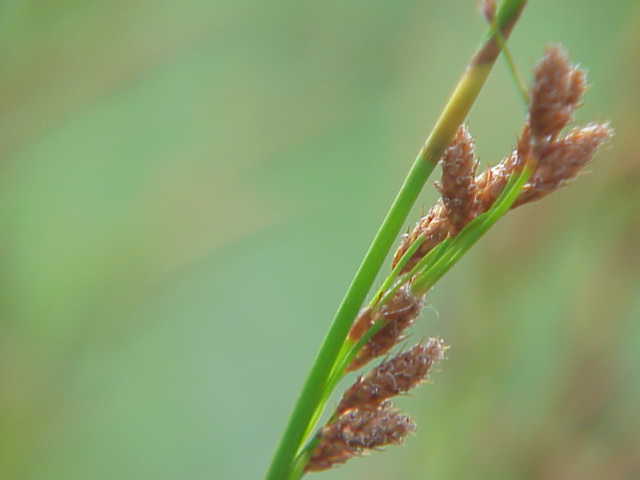Restionales on:
[Wikipedia]
[Google]
[Amazon]
{{Unreferenced, date=December 2009
 ''Restionales'' is an order of
''Restionales'' is an order of
 ''Restionales'' is an order of
''Restionales'' is an order of flowering plant
Flowering plants are plants that bear flowers and fruits, and form the clade Angiospermae (), commonly called angiosperms. The term "angiosperm" is derived from the Greek words ('container, vessel') and ('seed'), and refers to those plants th ...
s. In the Cronquist system
The Cronquist system is a taxonomic classification system of flowering plants. It was developed by Arthur Cronquist in a series of monographs and texts, including ''The Evolution and Classification of Flowering Plants'' (1968; 2nd edition, 1988) ...
(of 1981) it is used for an order (in subclass ''Commelinidae
In plant taxonomy, commelinids (originally commelinoids) (plural, not capitalised) is a clade of flowering plants within the monocots, distinguished by having cell walls containing ferulic acid.
The commelinids are the only clade that the APG IV ...
'') and circumscribed as:
* order ''Restionales''
*: family ''Flagellariaceae
''Flagellaria'' is the sole genus in the flowering plant family Flagellariaceae with only five species.Wepfer, P. H., & Linder, H. P. (2014). The taxonomy of Flagellaria (Flagellariaceae). Australian Systematic Botany, 27(3), 159-179. https://dx. ...
''
*: family ''Joinvilleaceae
The Joinvilleaceae are a family of flowering plants with a single genus including four species. The APG II system, of 2003 (unchanged from the APG system, 1998) assigns it to the order Poales in the clade commelinids in the monocots. The family ...
''
*: family ''Restionaceae
The Restionaceae, also called restiads and restios, are a family of flowering plants native to the Southern Hemisphere; they vary from a few centimeters to 3 meters in height. Following the APG IV (2016): the family now includes the former famil ...
''
*: family ''Centrolepidaceae
Centrolepidaceae are a family of flowering plants now included in Restionaceae following APG IV (2016). The botanical name has been recognized by most taxonomists.
The APG II system, of 2003 (unchanged from the APG system, 1998), also recognis ...
''
The APG II system
The APG II system (Angiosperm Phylogeny Group II system) of plant classification is the second, now obsolete, version of a modern, mostly molecular-based, system of plant taxonomy that was published in April 2003 by the Angiosperm Phylogeny Gr ...
(2003) assigns the plants involved to the order ''Poales
The Poales are a large order of flowering plants in the monocotyledons, and includes families of plants such as the grasses, bromeliads, and sedges. Sixteen plant families are currently recognized by botanists to be part of Poales.
Descriptio ...
''.
Historically recognized angiosperm orders